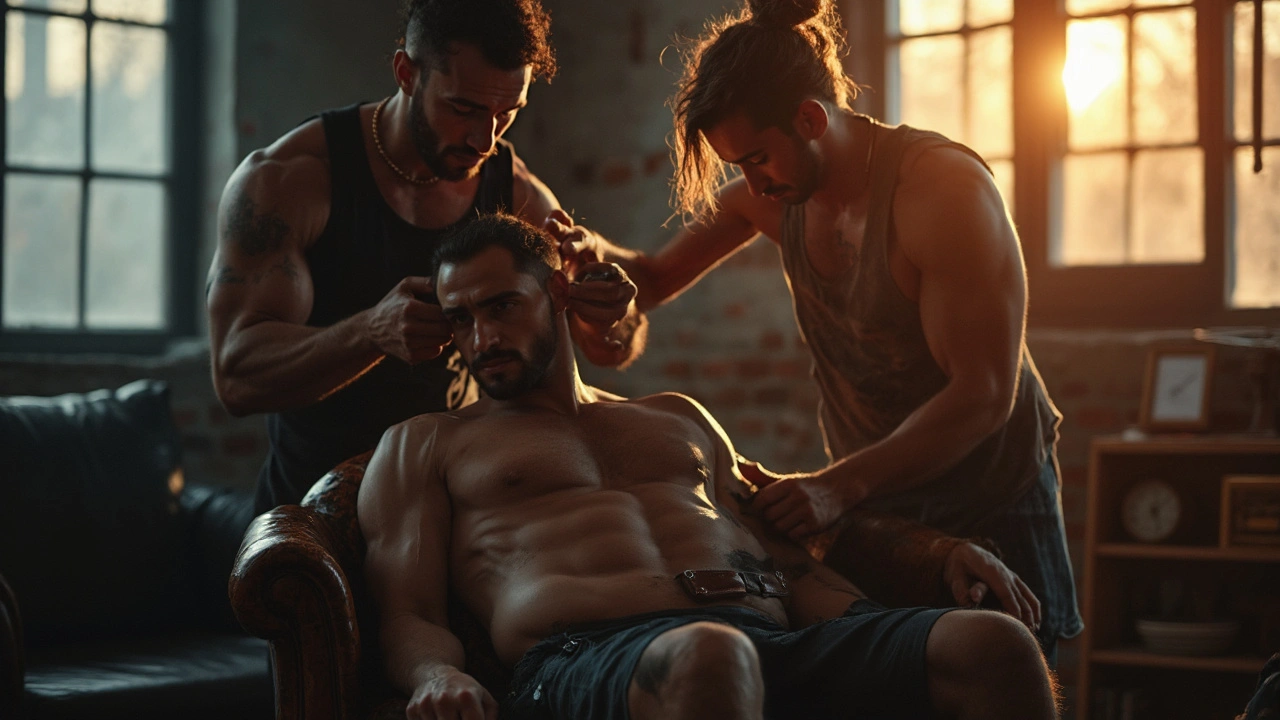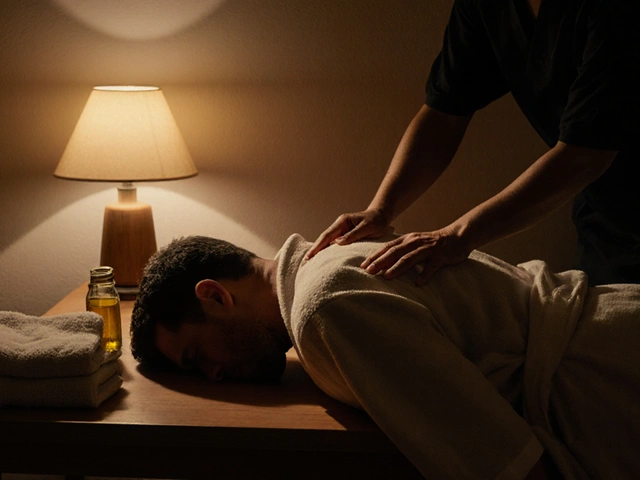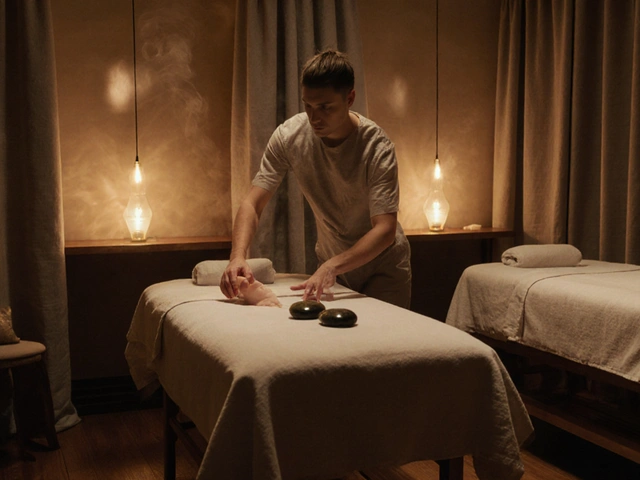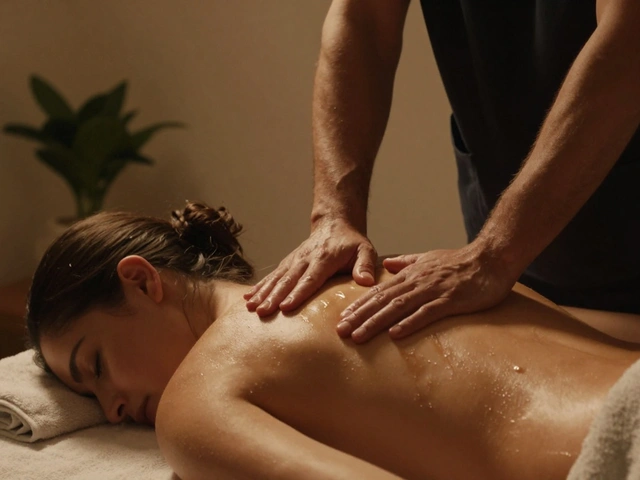If you train hard, you know your body needs proper care. A good massage can cut downtime, reduce soreness and keep you performing at your best. In London there are dozens of places offering sports‑focused massage, but not all of them deliver the right mix of pressure and technique for athletes.
Most male athletes swear by three main styles: sports massage, deep‑tissue massage and lymphatic drainage. Sports massage targets tight muscles after a training session, improves circulation and helps prevent injuries. Deep‑tissue focuses on stubborn knots, easing chronic tension that can hold back power lifts or sprint speed. Lymphatic drainage is lighter but speeds up fluid removal, which reduces swelling after heavy workouts.
Choosing the right style depends on your routine. If you finish a heavy leg day, a sports massage right after the gym can shave off 24‑48 hours of muscle stiffness. For recurring tight spots like a knotted shoulder, book a deep‑tissue session once a week. When you notice puffiness or delayed recovery, add a lymphatic drainage session.
Prices vary by location and therapist skill. A standard 60‑minute sports massage in Central London usually runs £70‑£100. Deep‑tissue can be a little higher, around £80‑£120 for an hour. Lymphatic drainage is often priced similarly to a regular massage, about £70‑£90.
If you’re on a budget, look for outcall services where a therapist comes to your flat. Outcall rates can be a bit less because you save on clinic overhead – expect £60‑£85 for an hour session. Many places offer package deals: five sessions for the price of four, which brings the per‑visit cost down to £55‑£75.
Remember to ask about any extra fees for travel or late‑night appointments. Most clinics are transparent, but a quick call clears up surprises before you book.
Booking a session is simple. Most London massage studios have online calendars, but you can also call to get a quick slot after a training session. Have your preferred therapist’s name ready – repeat sessions with the same person give better results because they learn your body’s patterns.
When you arrive, tell the therapist exactly what you did that day and any trouble spots. A good therapist will tailor the pressure and focus on the muscles you use most – think quads for runners, back for rowers, or shoulders for weightlifters.
After the massage, drink plenty of water. It helps flush out the metabolic waste your muscles released during the session. Stretching lightly for five minutes can lock in the benefits and keep the muscles loose.
In short, the right massage routine can shave days off your recovery time, reduce injury risk and keep you feeling pumped for the next workout. Whether you pick a sports massage, deep‑tissue or lymphatic drainage, London has plenty of skilled therapists ready to help you stay on top of your game.
Posted by Jessica Mendenhall On 20 Jun, 2025 Comments (0)

Athletes and fitness nuts know how brutal sore muscles can be, but your head needs help too. This article breaks down why head massage isn't some fluffy spa thing—it's a legit tool for recovery, better sleep, and mental reset. I'll get into what happens when pro hands hit your scalp, how much it costs, and why more guys are hunting for this experience after hard training or wild nights out. Consider this your straight-talking guide to the sweaty, sexy world of sports head massage.




